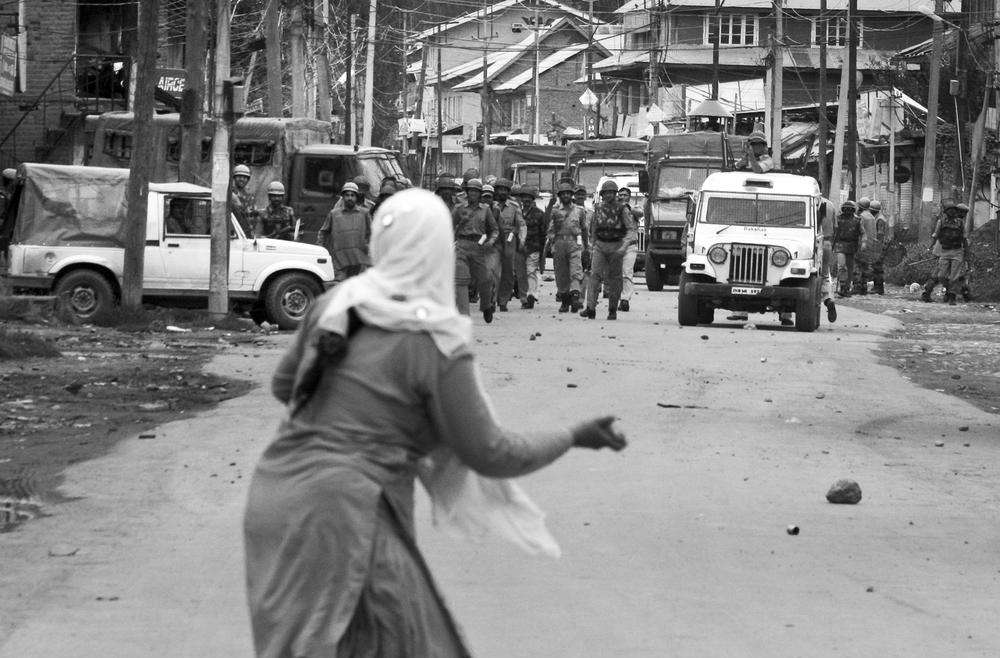
In 2011, I had written an essay on Kashmir entitled: “The Militarized Zone,”which was published in an anthology on Kashmir (Verso Books).
What was apparent then is all too real now. I reproduce an edited fragment here today, in solidarity with Kashmiris who are being asphyxiated in their land and subjected to life under conditions akin to collective internment, and their allies across India who are being intimidated to conserve the silence. Speaking up on Kashmir is inevitably accompanied by fear for many even as silence is a betrayal of humanity.
From “The Militarized Zone” (2011: 105-109):
“If India fails to act, if Pakistan acts only in its own self-interest, and if the international community does not insist on an equitable resolution to the Kashmir dispute, it is conceivable that, forsaken by the world, Kashmiris will be prompted to take up arms again. If state repression persists, it is conceivable that the movement for non-violent dissent, mobilized since 2004,will erode. Signs indicate that it is already fraying. It is conceivable that India’s brutality will induce Kashmiri youth to move from stones to petrol bombs, or worse…
This policy of incitement is a mistake. Such legitimation of militarized rule will produce intractable conflict and violence. All indications are that in Kashmiri civil society dissent will not abate: it is not externally motivated but historically compelled. Repressive regimes tend to overlook that freedom struggles are not about the moralities of violence versus non-violence, but reflect a desire to be free. The oppressors forget that the greater the oppression, the more fervent the resistance. Violence is apt to reproduce itself in cycles. [The social and political consequences of repeated cycles of violence are horrific for all involved.]
Whether dissent in Kashmir continues as mass-based peaceful resistance or turns into organized armed struggle will depend upon India’s political decisions. Any future mobilization by Kashmiris would involve an even stronger mass movement than that which occurred in 1990 and between 2004 and 2007,led by youth whose lives have been shaped by two decades of militarization…
[Between 2006-2011], I travelled through Kashmir’s cities and countryside… I witnessed the violence that the military, paramilitary, and police perpetrate. I walked through the graveyards that hold Kashmir’s dead, and have met with grieving families. I listened to the testimony of a mother who sleepwalks to the grave of her son, attempting to resuscitate his body…In July 2010, I sat with witnesses and family members…who described how Indian forces had chased down and executed three of their friends who had been involved in acts of civil disobedience…[Pain and social suffering are profoundly present across intimate and social spaces throughout Kashmir.]
[Official discourse posits false equivalencies between the present actions of the stone-pelter, militant and military in Kashmir, serving to obfuscate structural injustices.] Despite various debates…the Indian government has made no commitment to rescind the series of impunity laws deployed in the administration of Kashmir or to reverse the special powers, privileges, and immunity granted to the Indian forces there… Legal impunity [seeks to shield] the moral impunity of Indian rule.”
(Angana Chatterji is a feminist scholar. This post has also been published in Kashmir Reader)